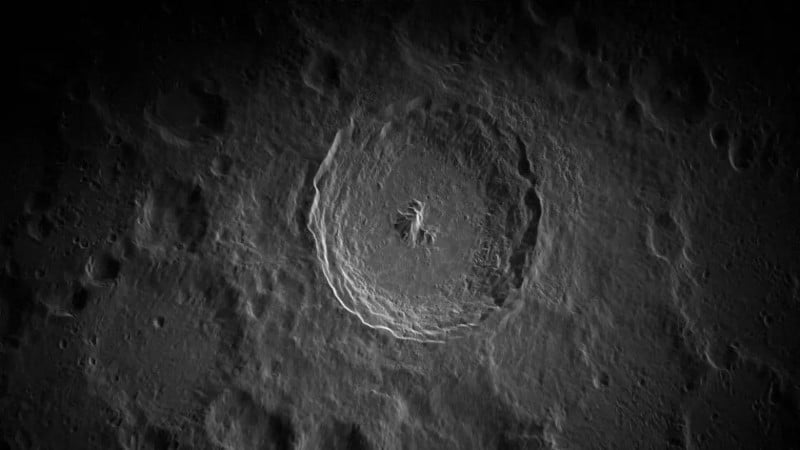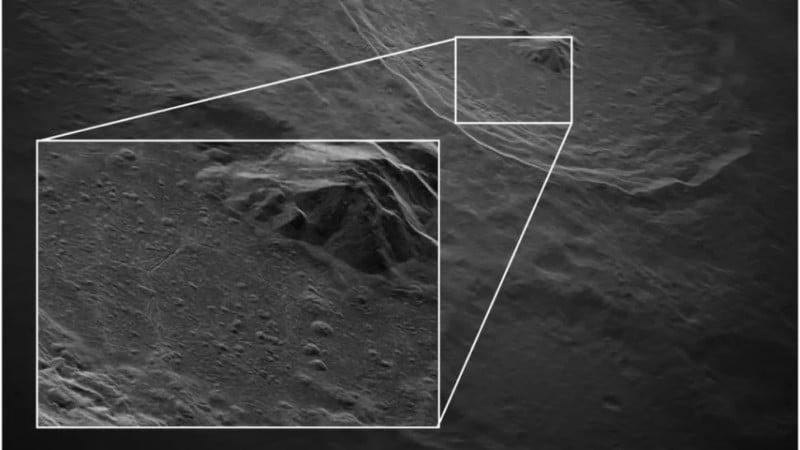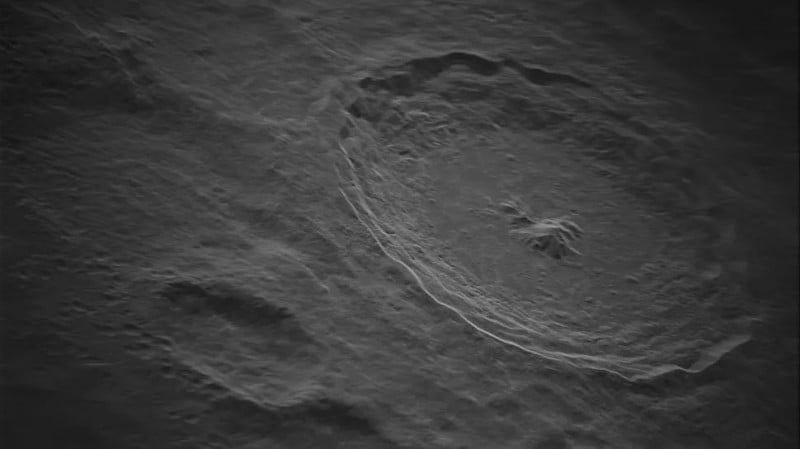These are the Highest Resolution Moon Photos Ever Taken from Earth

A radar system less powerful than a household microwave has captured the highest-resolution pictures of the Moon ever captured from Earth.
The amazing images show a close-up of the Tycho Crater in 16-foot (5-meter) resolution detail and were captured by a prototype radar system.
Scientists used the Green Bank Telescope and the Very Long Baseline Array to create detailed images in a project that paves the way for a next-generation radar system to study planets, moons, and asteroids in the solar system.

The Green Bank Telescope has a transmitter less powerful than a microwave oven, yet it was able to point its radar at the Moon’s surface and capture unprecedented details of the Tycho Crater.
“It’s pretty amazing what we’ve been able to capture so far, using less power than a common household appliance,” says Patrick Taylor, radar division head for Green Bank Observatory.
As noted by Space, the prototype is a collaboration between the National Radio Astronomy Observatory, Green Bank Observatory, and Raytheon Intelligence & Space. The partnership is designing a next-generation planetary radar system for the Green Bank Observatory.

A system like this one will serve in the frontline of planetary defense, able to detect, track, and characterize potentially hazardous objects that may be on a crash course with Earth.
“In our tests, we were able to zero in on an asteroid 2.1 million kilometers away from us, more than five times the distance from the Earth to the Moon. The asteroid is about a kilometer in size, which is large enough to cause global devastation should there be an impact,” says Taylor.
“With the high-power system, we could study more objects much further away. When it comes to developing strategies for possible impacts, having more warning time is everything.”
These capabilities were recently displayed when NASA’s Double Asteroid Redirection Test (DART) mission successfully impacted the asteroid Dimorphos at a speed of 14,000 miles per hour.
Astronomers also will find this tool useful for astrometry, imaging, and physical and dynamical characterization of solar system objects for planetary science.